LeMarque
New member
2012 black metallic. Just couldn't get it to 'pop'. Typical BMW orange peel. Two step. D300 w/Optimum MF at first, then switched to SurBuf. I found it took less passes and the marring was about the same. Finished with 205 and LC Flat blue. Had some Griot's Paint Prep. So wiped down with that and a final quick wash. Then topped with the new Poxy.
First, can anyone say what might have caused this:
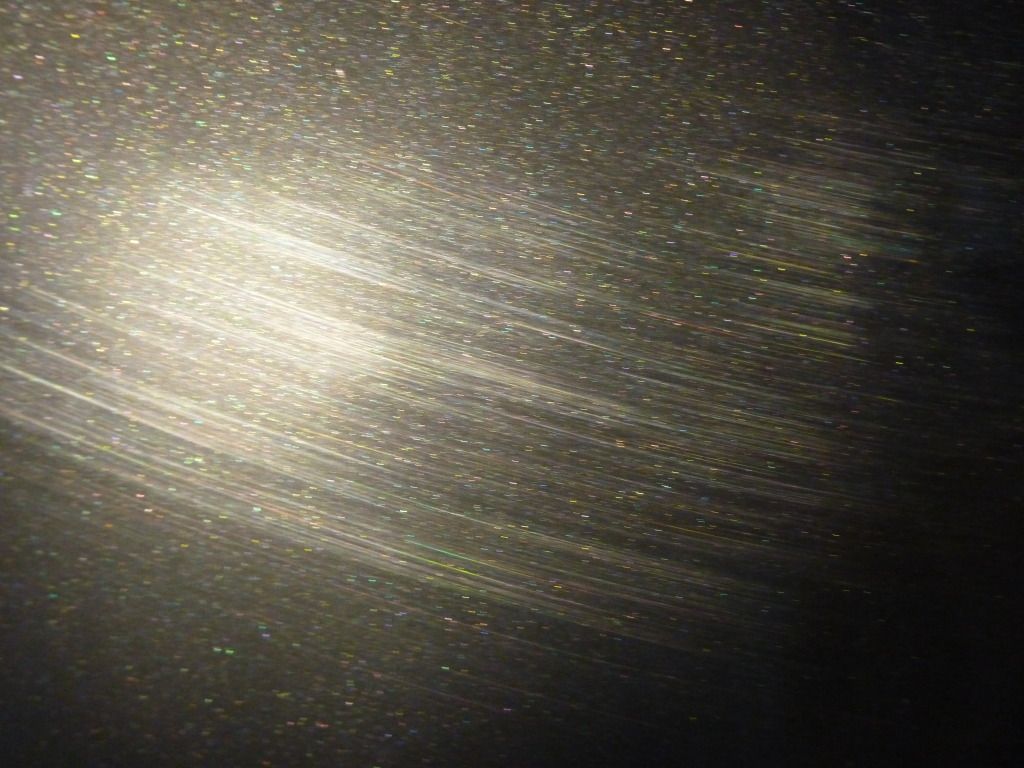
Water spots all over the car, swirls and light RIDS:
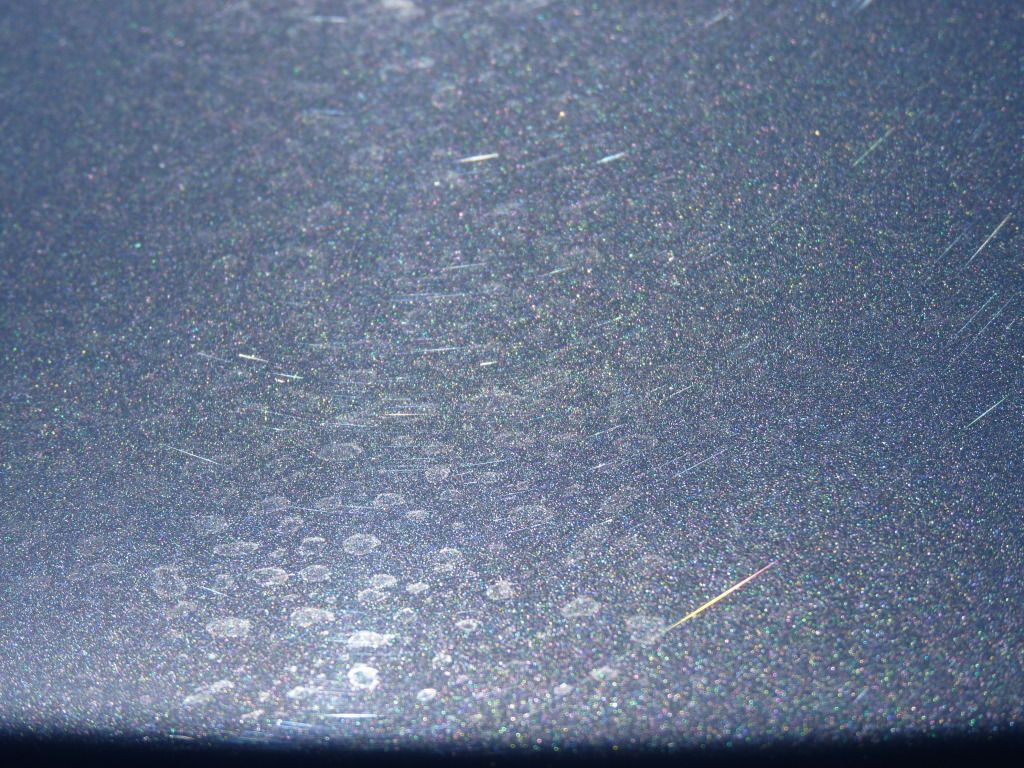
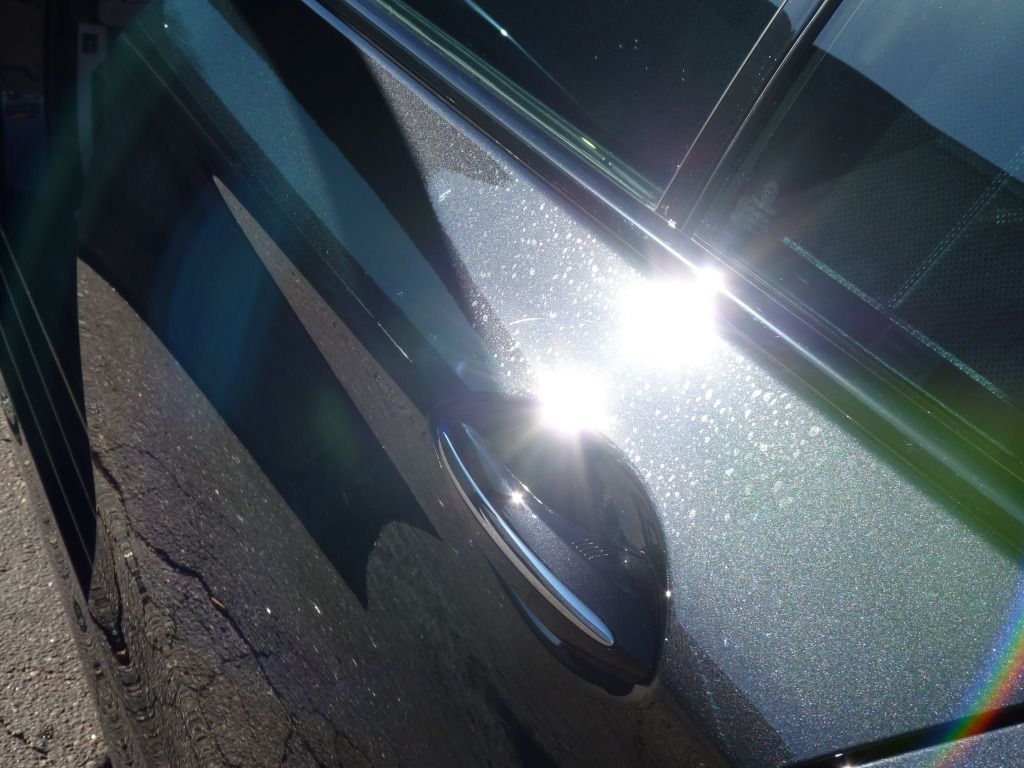
The end result - it was a bit overcast:
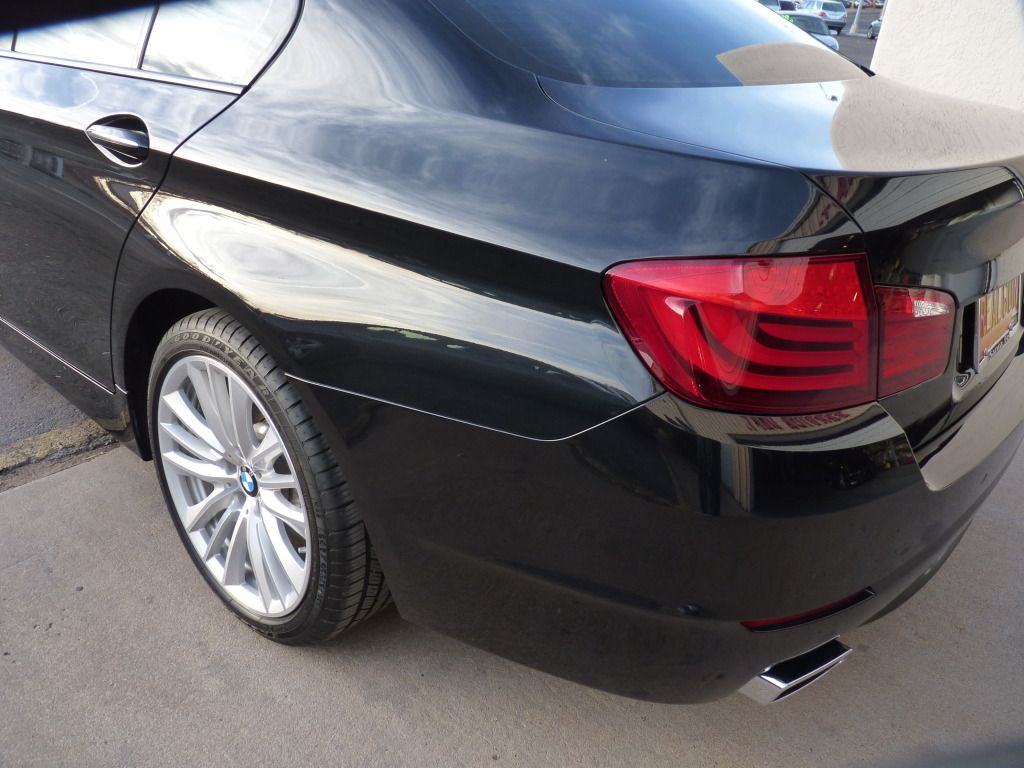
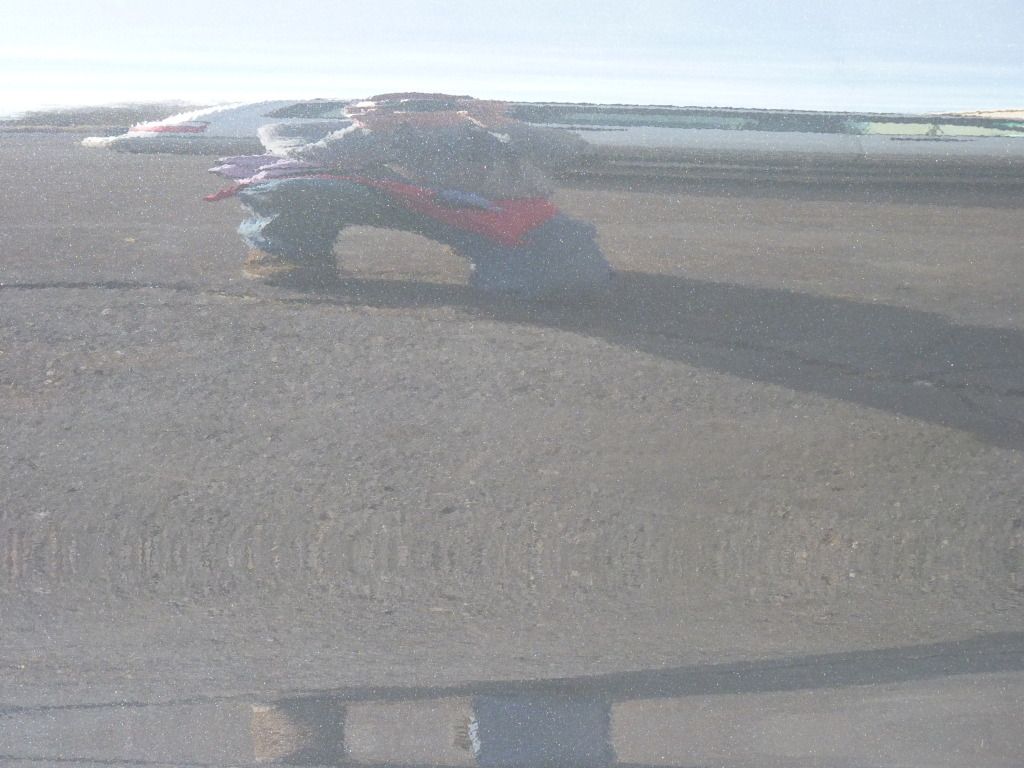
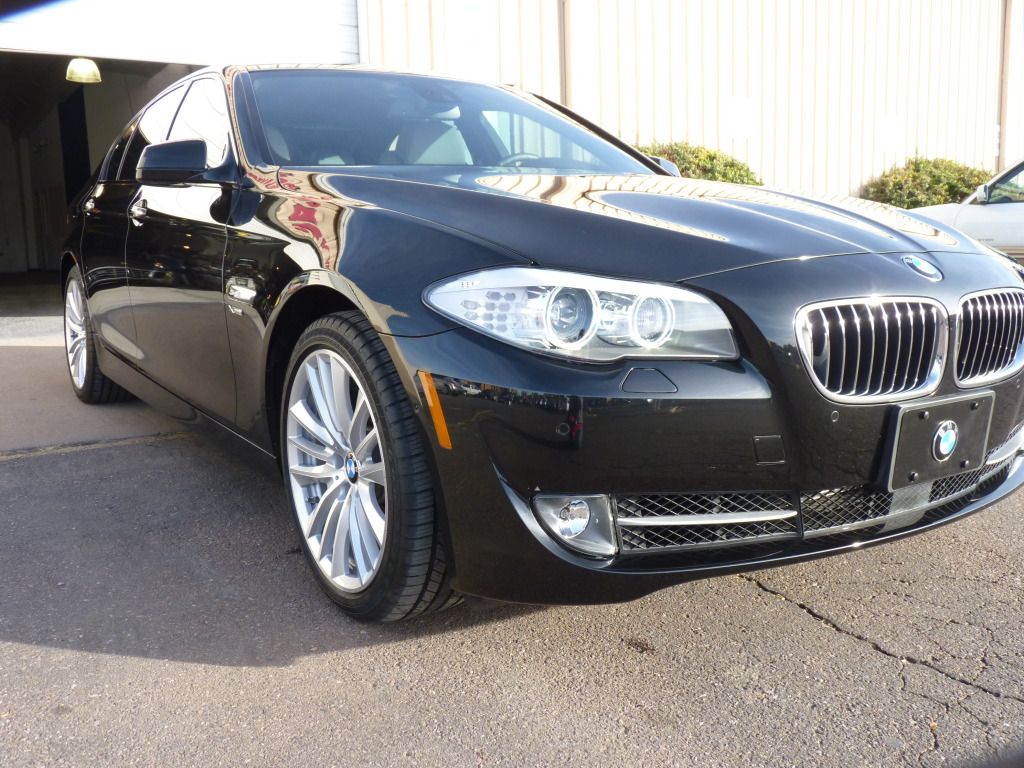
First, can anyone say what might have caused this:

Water spots all over the car, swirls and light RIDS:


The end result - it was a bit overcast:





